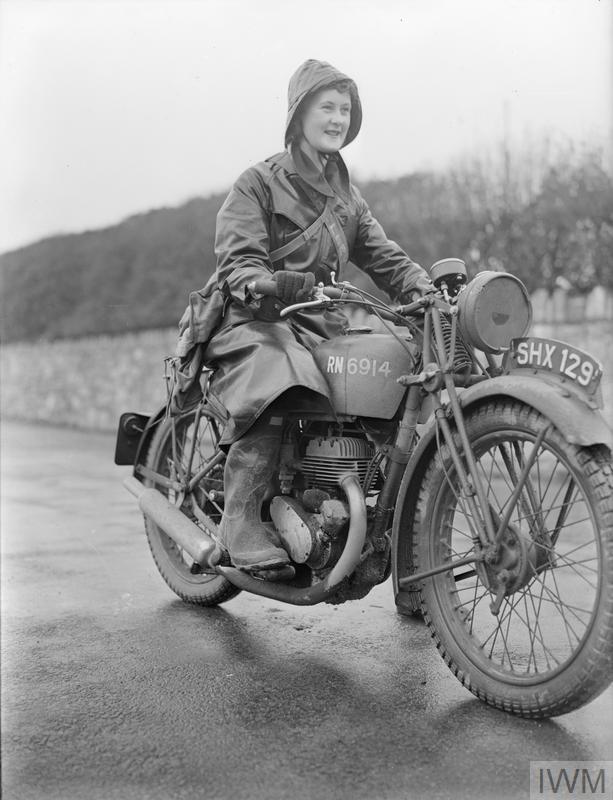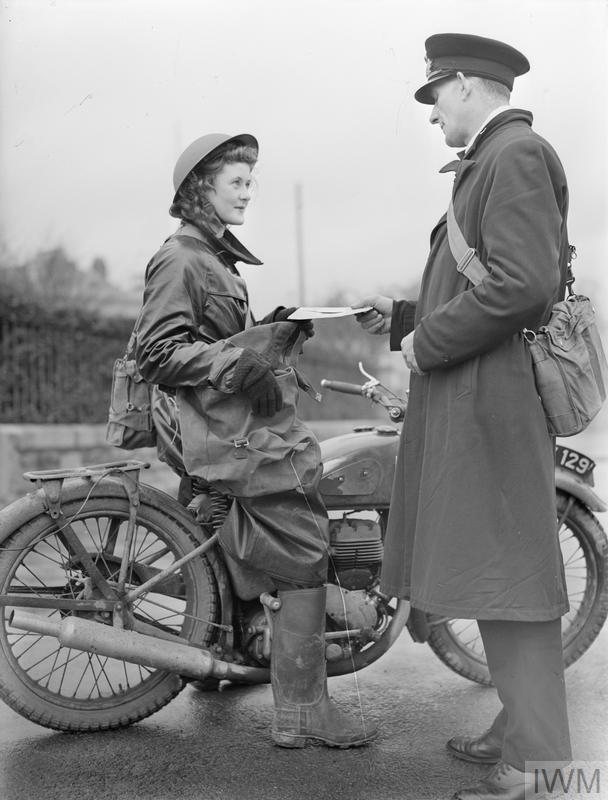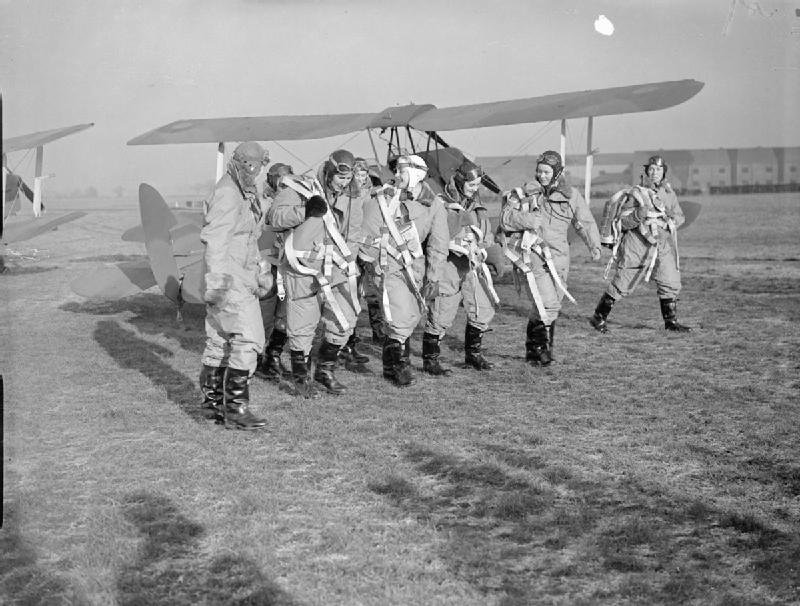In researching my book The Light Over London I was continually amazed at the many—often unsung—ways women contributed to the war effort in Britain during World War II. The Lightseekers is an ongoing series of articles that highlights some of their work and the ways they brought light to Britain in one of its darkest times.
One of my favorite bars in London is called the American Bar in the Stafford Hotel on St. James Place. You can imagine my delight then when I realized that the American Bar was also a favorite haunt of Nancy Wake, one of the most dynamic, fascinating spies of World War II.
Born in New Zealand in 1912 and raised in Australia, Wake ran away from home at 16. She used £200 that she’d inherited from an aunt to get herself to New York City and London where she trained as a journalist. In the 1930s, she was a European correspondent for the Hearst newspaper group, and while she was working in Vienna she witnessed the rise of the Nazi party and its terrorism of Jewish people.
Wake was living in Marseille with her French industrialist husband, Henri Edmond Fiocca, when Germany invaded in 1940. As an interned person, she quickly became involved in the fight against the Germans as a courier for the French resistance. At this time, she also began to work for Captain Ian Garrow’s escape network, which smuggled Allied internees, POWs and other people out of France to Britain.
Wake’s status as the wife of a wealthy industrialist afforded her privileges others didn’t have including the ability to travel more freely than most people. However, Wake also freely admitted to using her sexuality to move through German checkpoints, calling herself “a flirtatious little bastard.”
“A little powder, a little drink on the way, and I’d pass their posts and wink and say, ‘Do you want to search me?’”
Wake was so successful as an agent that the Gestapo began calling her the “White Mouse” because, despite suspecting her of working for the resistance, the Germans could never catch her doing anything criminal. To try to catch her, they tapped her phone and began to intercept her mail. Wake was eventually arrested in Toulouse but released after four days after one of her fellow resistance fights lied about her being his mistress, claiming that they needed to hide her identity from her jealous husband. (None of which was true.)
By November 1942, Wake was the most wanted person in Marseille with a 5 million franc price on her head. Garrow had been betrayed and arrested, but he was able to escape France into Spain. Wake continued his work, but eventually her life was in so much danger that became necessary for her to flee. She also escaped from France into Spain through the Pyrenees after seven attempts. (For those who have read The Nightingale by Kristin Hannah, this is the crossing that is described in harrowing detail during parts of that narrative.)
After her escape, Wake made her way to Britain. However, her husband stayed behind and was captured. Despite being tortured, he refused to betray her, and the Gestapo executed him. Wake didn’t learn of his death until after the war.
In Britain, Wake joined the Special Operations Executive. She was a good shot, fearless, and fiesty. Vera Atkins, who oversaw all SOE agents in France, called her “a real Australian bombshell” who “put the men to shame by her cheerful spirit and strength of character.”
““A little powder, a little drink on the way, and I’d pass their posts and wink and say, ‘Do you want to search me?’””
Wake would go on to prove that strength of character over and over. She once parachuted into Auvergne where she was discovered tangled up in a tree by Captain Henri Tardivat who ran a group of rural guerrillas fighting against the occupation (a maquis). He reportedly said, “I hope that all trees in France bear such beautiful fruit this year.”
“Don’t give me that French shit,” she replied.
Wake recruited members to the maquis, and was involved in multiple attacks on key strategic points including bridges, convoys, and railway track. She once rode a bicycle 190 miles and back in 72 hours through German checkpoints in order to send a message to London when her wireless operator was killed. (She later called this “bike ride” her proudest moment.) She could also be ruthless, such as the time when she killed an SS man with her bare hands or when resistance men were dithering about killing a girl who was a German spy. Wake said she’d kill the girl herself if they wouldn’t. The men finally performed the execution themselves.
The maquis Wake operated in was such a thorn in Germany’s side that 22,000 soldiers were sent to defeat them. The maquisards suffered only 100 casualties. The Germans suffered 1,400.
After the war, Wake was widely decorated, receiving honors including three Croix de Guerre, the U.S. Medal of Freedom, and Britain’s George Medal. She continued to work in intelligence at the British Air Ministry—with a brief stint in Australia for a political career that never got off the ground—before marrying an RAF officer in 1957 and moving back to Australia.
Wake’s husband died in 1997, and in 2001 she moved back to London, taking up residence at the Stafford Hotel. It had been a haven for British servicemen and American GIs during the war, and the general manager of the American Bar at the time was a fellow resistance worker from Marseilles. She would visit the bar every morning for her first gin and tonic of the day, and there is now a plaque commemorating her in the bar.
At the end of her life, Wake moved to a home for ex-service men and women, where she lived until her death in 2011 at the age of 98. Her ashes were scattered at a ceremony in the woods outside Verneix in France. Determined that it should be a celebratory occasion, Wake left instructions that there should be a boisterous drinks party afterward.
Wake wrote about her extraordinary experiences in her autobiography The White Mouse. If you are interested in reading more about her and other women spies in World War II, I would recommend The Women Who Spied for Britain by Robyn Walker.
Read every story of the The Lightseekers in the series archive. You can also learn more about their stories by following the hashtag #TheLightseekers on Instagram, Facebook, Twitter, and Pinterest.



















